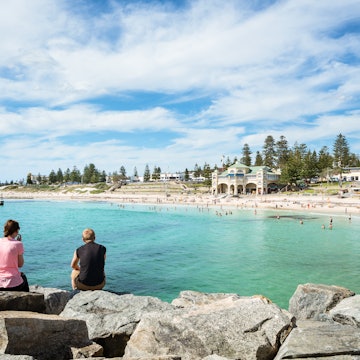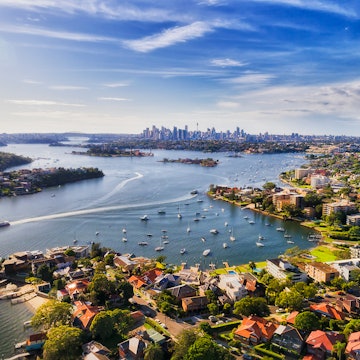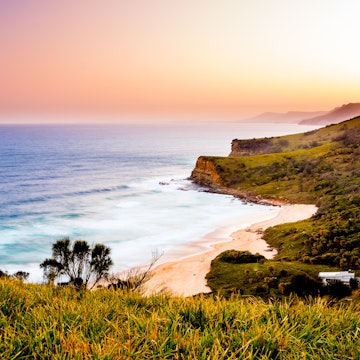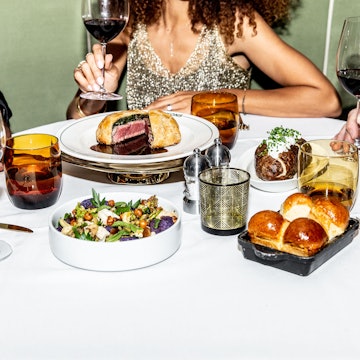
What to eat and drink in Australia


Opera Bar at Sydney Opera House, Australia. StephenBridger/Getty Images
Australia’s food scene is a deliciously complex mix of cultures, flavors and family traditions, all brought together by top-notch local produce. Whether it’s Thai food that’ll make you think you're in Bangkok or croissants that could rival those in Paris, this country knows how to blend the best of the world with local ingredients. Indigenous ingredients like finger limes – an endemic fruit bursting with caviar-like citrus pearls – are popping up everywhere, from fine dining to cocktail menus and, occasionally, in craft beers.
Despite all this, Australia is often overlooked as a food destination, maybe because there’s no single dish to hang its hat on. But that’s the beauty of it – the creativity, the diversity, and the quality of what’s on the plate.
Still, narrowing down where to start can be a bit overwhelming, so here’s what you need to know.
Munch on Modern Australian
The phrase Modern Australian was coined to describe contemporary Australian cuisine, but the easiest way to understand it is like this: Modern Australian food doesn’t ask where something’s from, it asks, “What can we do with it?”
You might find kangaroo tartare with Korean gochujang (red chili paste) on one menu and miso-glazed eggplant with bush tomato (a plant native to Australia’s arid regions) chutney on another. Ultimately, Modern Australian food is a reflection of the diverse communities that make up the country.
Where to try it: Quay in Sydney and Attica in Melbourne are top picks for modern Australian fine dining. In Hobart, try Dier Makr, Wildflower in Perth focuses on Indigenous ingredients, and Essa in Brisbane adds an Asian twist to local produce.

Fuel up on a flat white
Coffee is an Australian addiction and is taken very seriously. While Melbourne is generally considered Australia's coffee capital – best experienced by wandering the city center's cafe-lined laneways – these days, you’re pretty hard-pressed to find any capital city, regional hub, or one-street rural town that doesn’t have a decent cafe with a hipster barista slinging third-wave brews.
Everything is on offer – from a classic Italian espresso shot to slow-drip filter using single-origin beans – but if you want a truly "Aussie" coffee (well, Kiwis might dispute this), opt for the flat white (similar to a latte, with less microfoam).
Where to try it: Toby’s Estate in Sydney’s Chippendale was ranked #1 in the World’s 100 Best Coffee Shops Gala. In Melbourne, Proud Mary is a favorite. Brisbane’s go-to is Coffee Anthology, while Adelaide locals love Exchange Coffee. In Hobart, head to Lēoht, and in Perth, try Giant Coffee.
Sample Indigenous flavors
Based on Indigenous Australians’ expert understanding of the environment and founded in cultural knowledge handed down over generations, delicious and nutrient-rich native cuisine is finally garnering the reputation it deserves in Australia’s culinary scene. Native bush ingredients such as bush meats (kangaroo, emu, crocodile), bush fruits (quandongs, Kakadu plums, riberries), and spices (lemon myrtle, wattle seed) are now sought-after to bolster flavor and texture in dishes in high-end restaurants around the country.
Where to try it: Dine at Midden by Mark Olive in Sydney for refined Indigenous cuisine, or time your visit with a Fervor pop-up for a wild bush dining experience in WA. In the NT, Indigenous flavors taste even better under the stars at Tali Wiru.
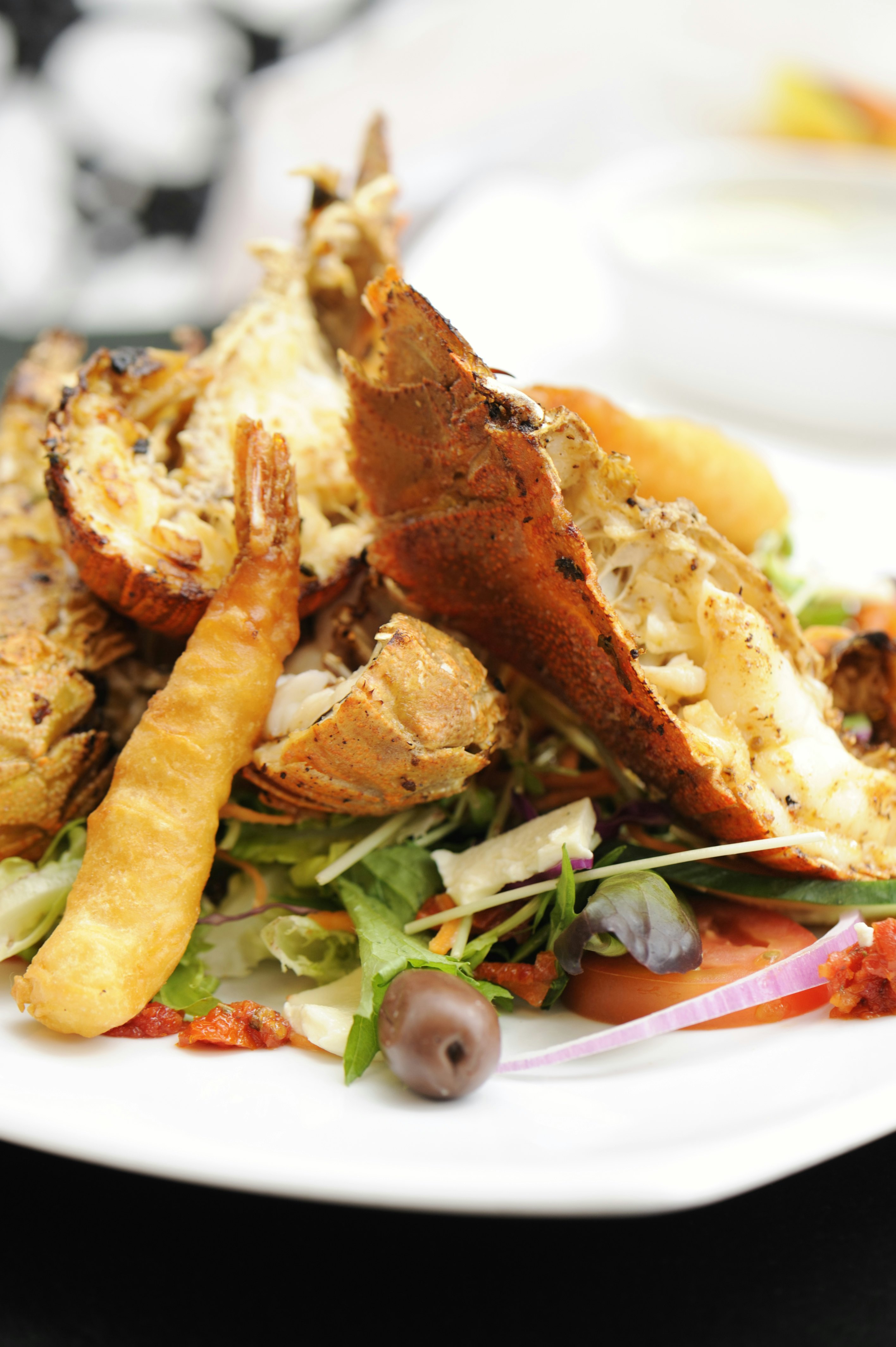
Get hooked on seafood
Australia’s surrounded by ocean, so it’s no surprise that seafood is a national strong suit. Up north, barramundi is the star: buttery, flaky and often pulled straight from wild rivers. Along the NSW coast, Sydney rock oysters are the connoisseur’s pick – briny, delicate and best eaten fresh with nothing but a squeeze of lemon. Prawns are another national obsession, from the sweet school prawns of northern New South Wales to the plump, juicy Yamba kings. And then there are the “bugs” – Balmain and Moreton Bay bugs, to be exact. These flat, sweet-shelled crustaceans look like something from the deep (because they are), but taste like lobster without the price tag.
Where to try it: For standout seafood, head to Josh Niland’s Saint Peter in Sydney. In Tasmania, shuck oysters straight from the sea at Freycinet Marine Farm, or do the same at Coffin Bay in South Australia. In Perth, Madalenas serves just-caught seafood, while Melbourne’s Supernormal is famous for its lobster roll, as is Rick Shores on the Gold Coast.
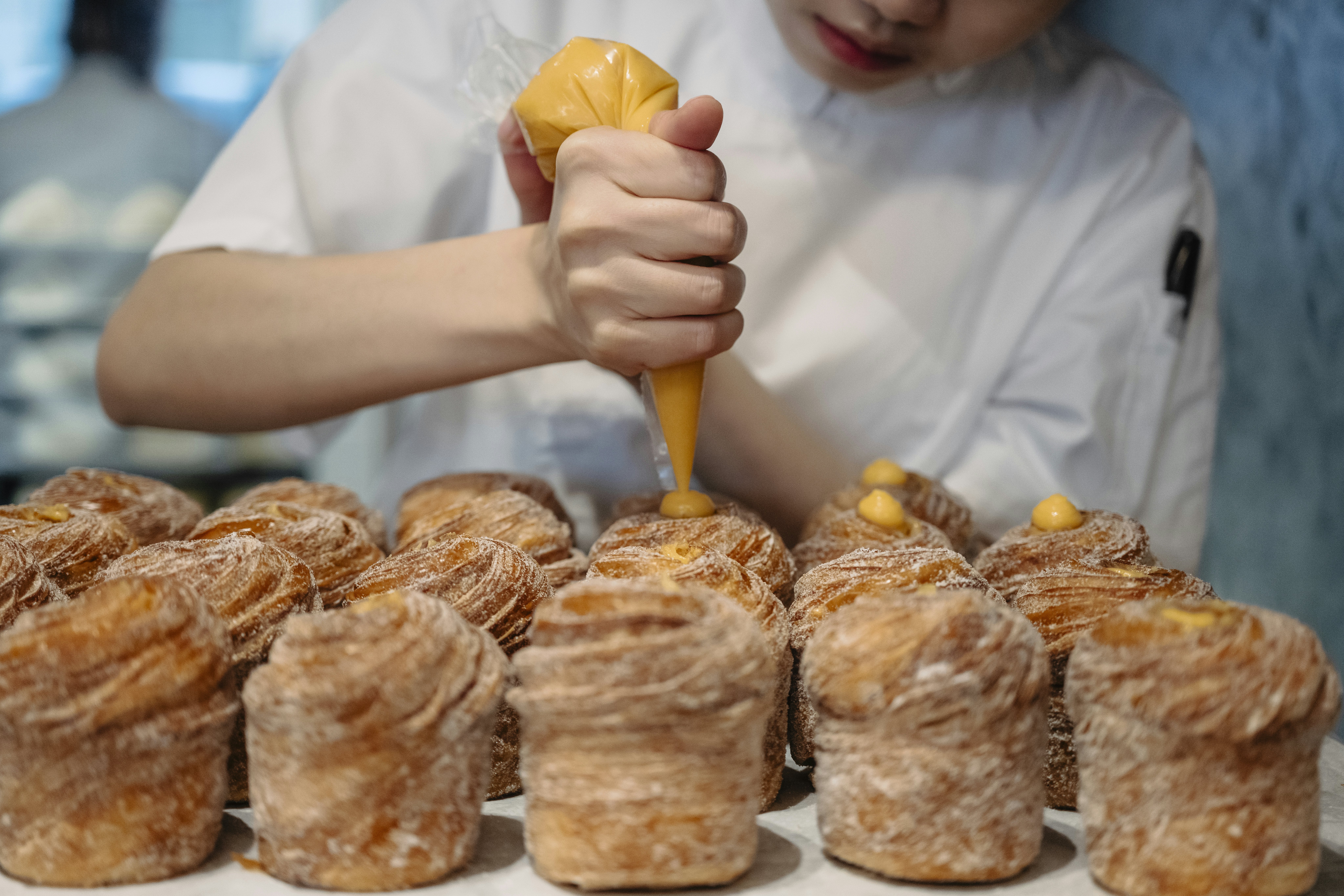
Get pastries, pies and sweet treats at a bakery
If there’s one place that sums up Aussie food culture, it’s the local bakery. Found everywhere from beach towns to big cities, they’re the go-to for crusty sourdough, strong flat whites, and a sweet treat to get you through the day. In the cities, some have reached cult status, drawing crowds for flaky croissants, shiny tarts and the latest pastry mash-up.
Try a pie, like steak and pepper or miso eggplant. Lamingtons (a moist sponge cake dipped in chocolate and coconut) and vanilla slices are beloved sweets, and only in Australia will you find a croissant stuffed with ham and gruyère this good.
Where to try it: For the world’s best croissant (per the New York Times), head to Lune in Melbourne or Sydney. Brisbane’s Agnus Bakery draws daily lines for its sourdough, while Hobart’s Pigeon Whole Bakers is a local favorite. In Adelaide, grab pastries at Prove Patisserie. For a top ham and cheese croissant, try GoodWood Bakeshop in Sydney.
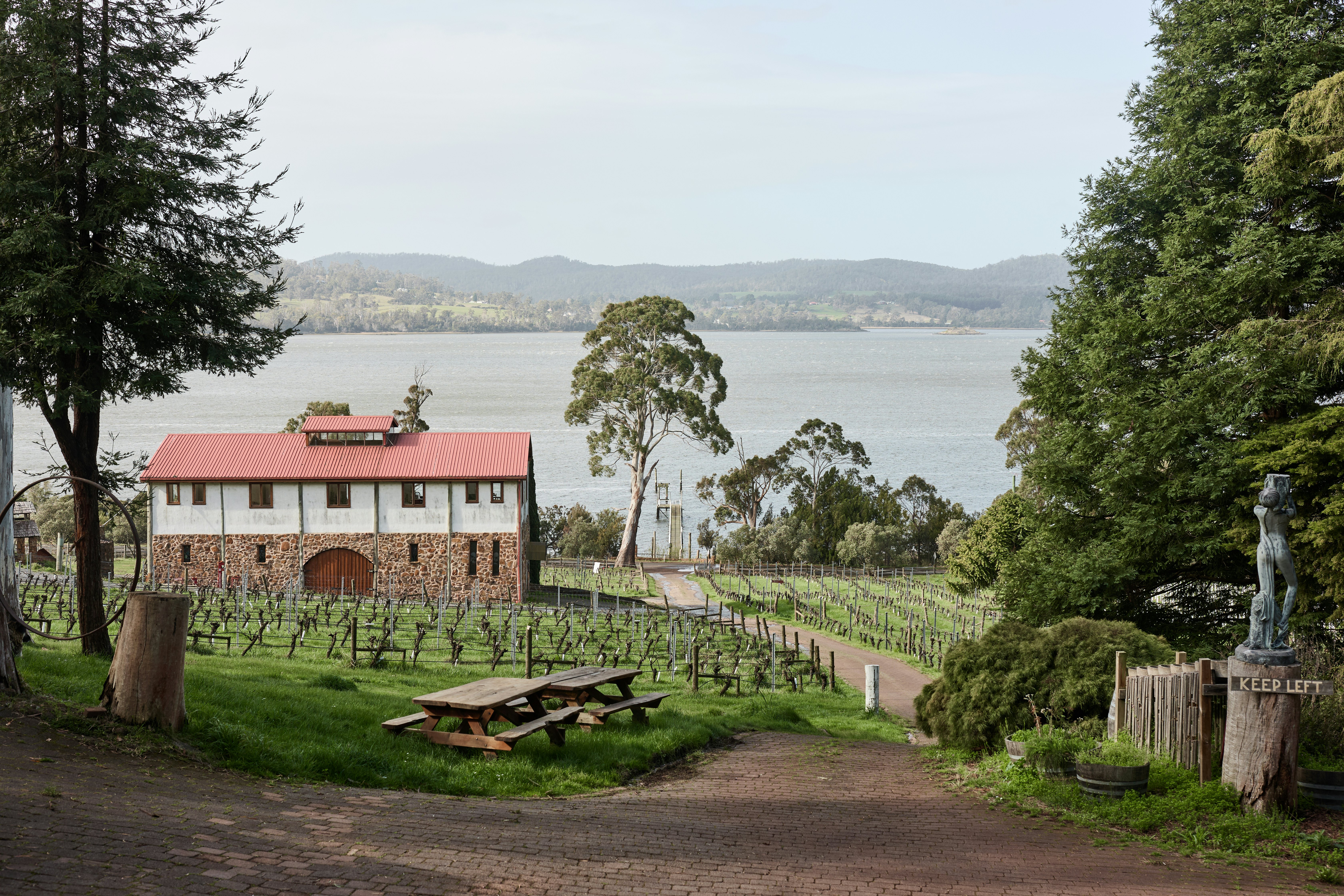
Whet your whistle with award-winning wine
No matter what region of Australia you find yourself in, you’re never too far away from a great glass of wine; wine being one of the country’s top exports. Award-winning wineries and vineyards dot the country and run the gamut from large-scale commercial operations to small, family-run boutique ones.
Where to try it: Explore Australia’s oldest wine region in the Hunter Valley (NSW), or taste Coonawarra cabernet, Clare Valley riesling and Barossa shiraz in South Australia. Margaret River (WA) is known for cabernet and chardonnay, while Victoria’s Yarra Valley and Mornington Peninsula favor pinot and chardonnay. In Tasmania, try Tamar Valley or Coal River near Hobart.
Spend a morning at the market with locals
Australia’s food culture starts early at farmers markets, where locals pick up fresh stone fruit, goat cheese and warm sourdough. Come evening, seasonal night markets like Sydney’s Night Noodle Markets or Melbourne’s Queen Victoria Winter Market take over, serving up everything from fresh produce to street food under festoon lights. It’s where food meets culture, and no one’s in a hurry to leave.
Where to try it: For fresh produce in Sydney, Carriageworks Farmers Market leads the pack, while the Rocks Market remains a staple. Melbourne’s Queen Victoria Market is a classic. In Hobart, don’t miss Salamanca Market on Saturdays for local goods and fresh honey. Darwin’s Mindil Beach Sunset Markets are as iconic as the sunsets they’re named for – try the laksa.
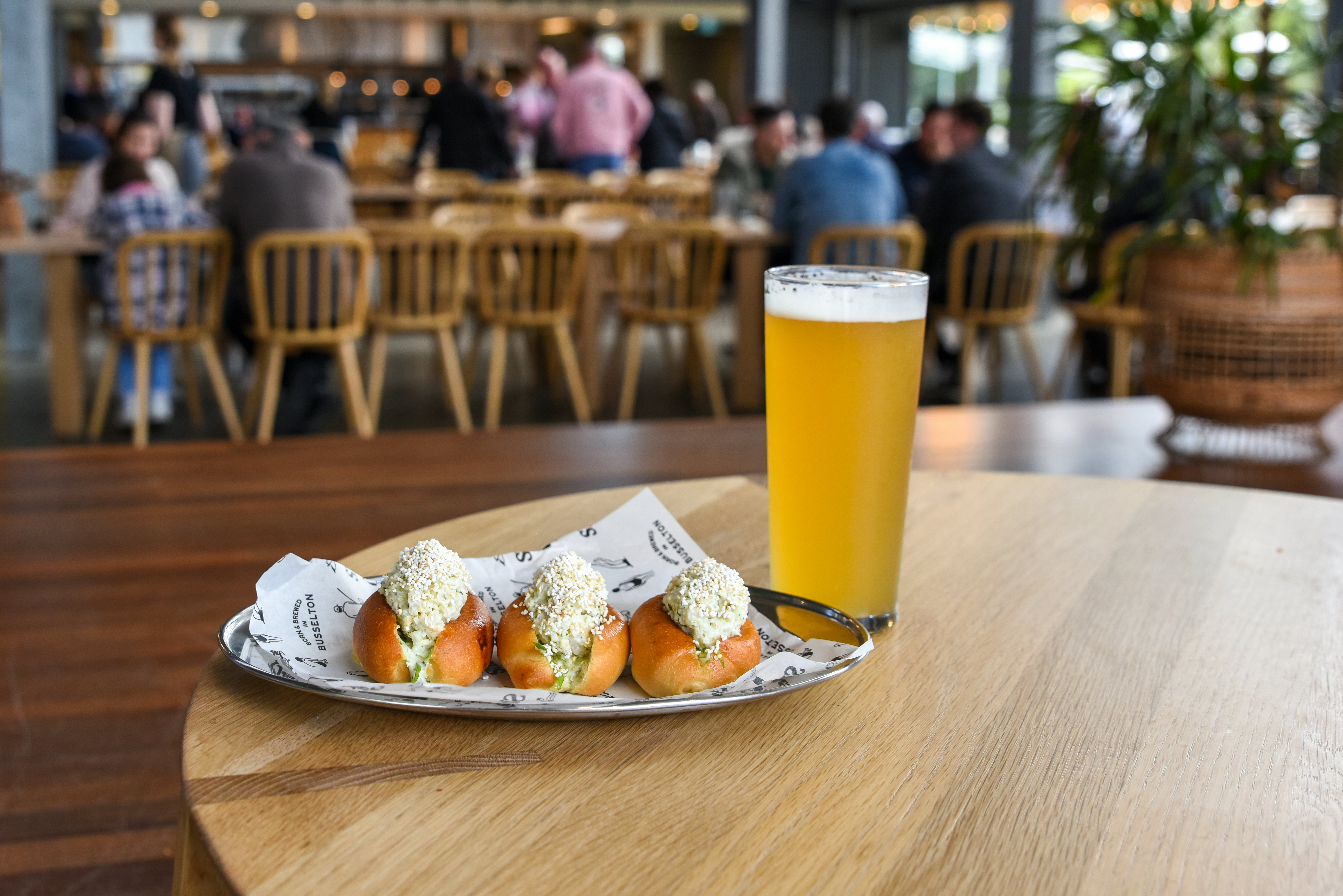
Bend the elbow with a craft beer
It’s no secret that most Aussies don’t mind a bit of a drink, and beer has long been synonymous with the nation. But gone are the days when all that was pouring at the pub was Fosters, XXXX or "VB" (Victoria Bitter). Craft beer has taken over the country’s tastebuds, and now you’ll find microbreweries and craft-beer bars in suburban backstreets, city laneways and country towns. The list of beers on tap at any local pub continues to grow.
Where to try it: Mountain Culture is a local favorite in the Blue Mountains. In the cities, head to Young Henrys in Sydney, Moon Dog in Melbourne, Felons Brewing Co in Brisbane, and Gage Roads on the water near Perth.
Wrap your hands around a sandwich
Australia takes its sandwiches seriously. Some cities even have newspaper columns (Sandwich Watch) devoted to tracking down the best ones. Think katsu sandos (“sandos” being Aussie slang for “sandwich”) in Sydney’s Japanese cafes, focaccia stacked with stracciatella and heirloom tomatoes in Melbourne, or banh mi loaded with pâté and crispy pork belly in the suburbs. Come lunchtime, lines outside sandwich spots are a city ritual.
Where to try it: In Western Australia, seek conti rolls at Deli’s Continental. Melbourne’s Nico’s Sandwich Deli serves a beloved chicken schnitzel sandwich. Sydney’s South Dowling Sandwiches draws people for its stacked creations, while Banh Mi Bay Ngo offers great banh mi. Brisbane’s Joe’s Deli is perfect for purists, and Hobart’s St. J’s Deli is a local favorite.
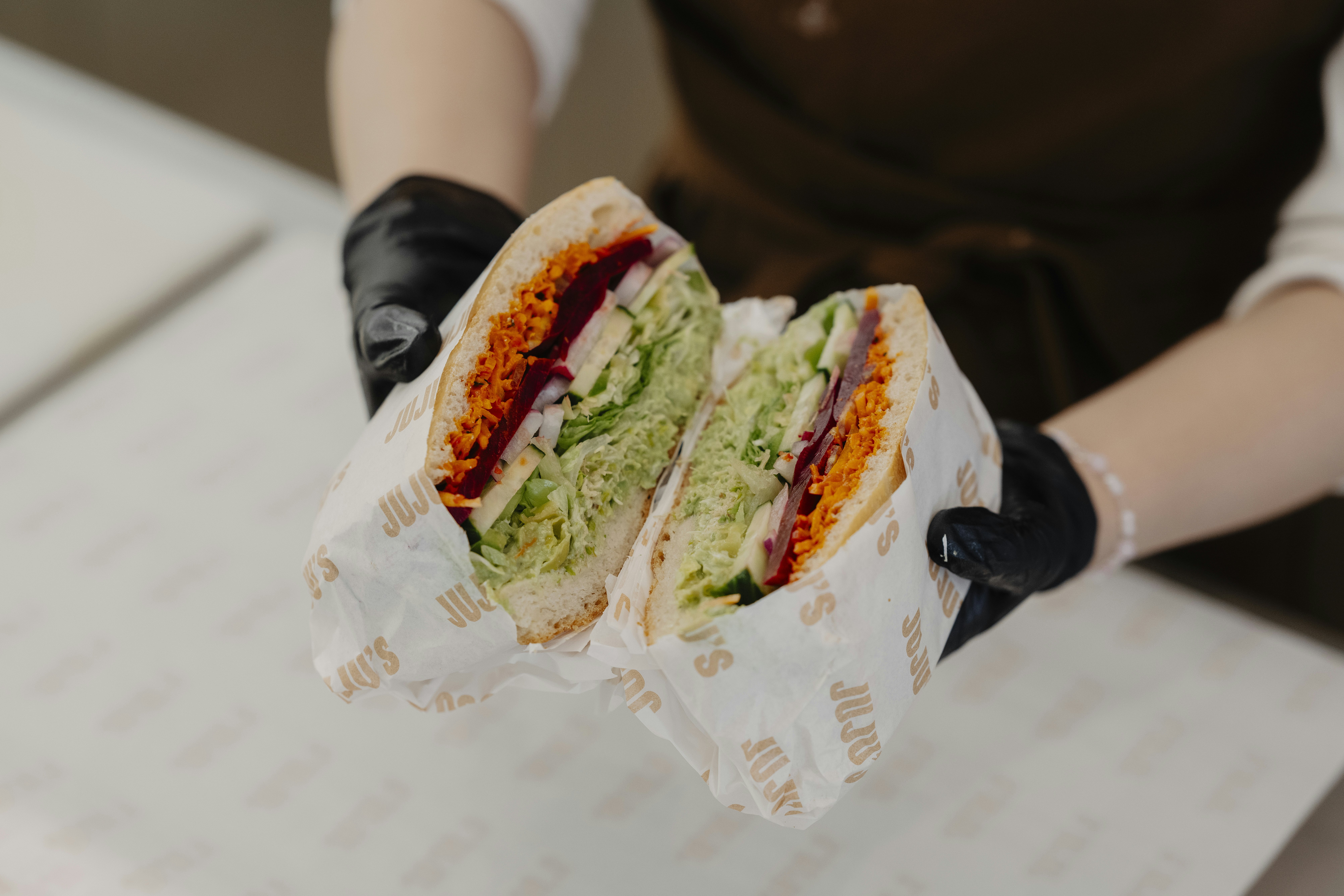
There's plenty of choice for vegetarians and vegans
If you're vegetarian or vegan, you’ll have no trouble finding places to eat in Australia’s cities – many restaurants offer separate menus or even multicourse degustations. Regional spots are getting better, too, but options might be a little more limited, especially the more rural one gets.
Where to try it: Asian and Indian restaurants usually have great meatless choices, though with Chinese, Vietnamese, and Thai food, just ask for soy-based swaps if you're avoiding oyster or fish sauce.
Visit a Chinatown
Chinatowns have long been a part of Australia’s cultural identity, offering great food and a connection to the country’s Chinese heritage and migrant communities. They’re go-to spots for cheap eats, late-night bites, and that unbeatable buzz you get from neon lights, noodle steam, and the clatter of chopsticks.
Where to try it: Sydney has the largest Chinatown, while Melbourne’s comes alive at night, offering soup dumplings and tasty eats. Adelaide has a smaller Chinatown that packs plenty of cultural charm and delicious food.
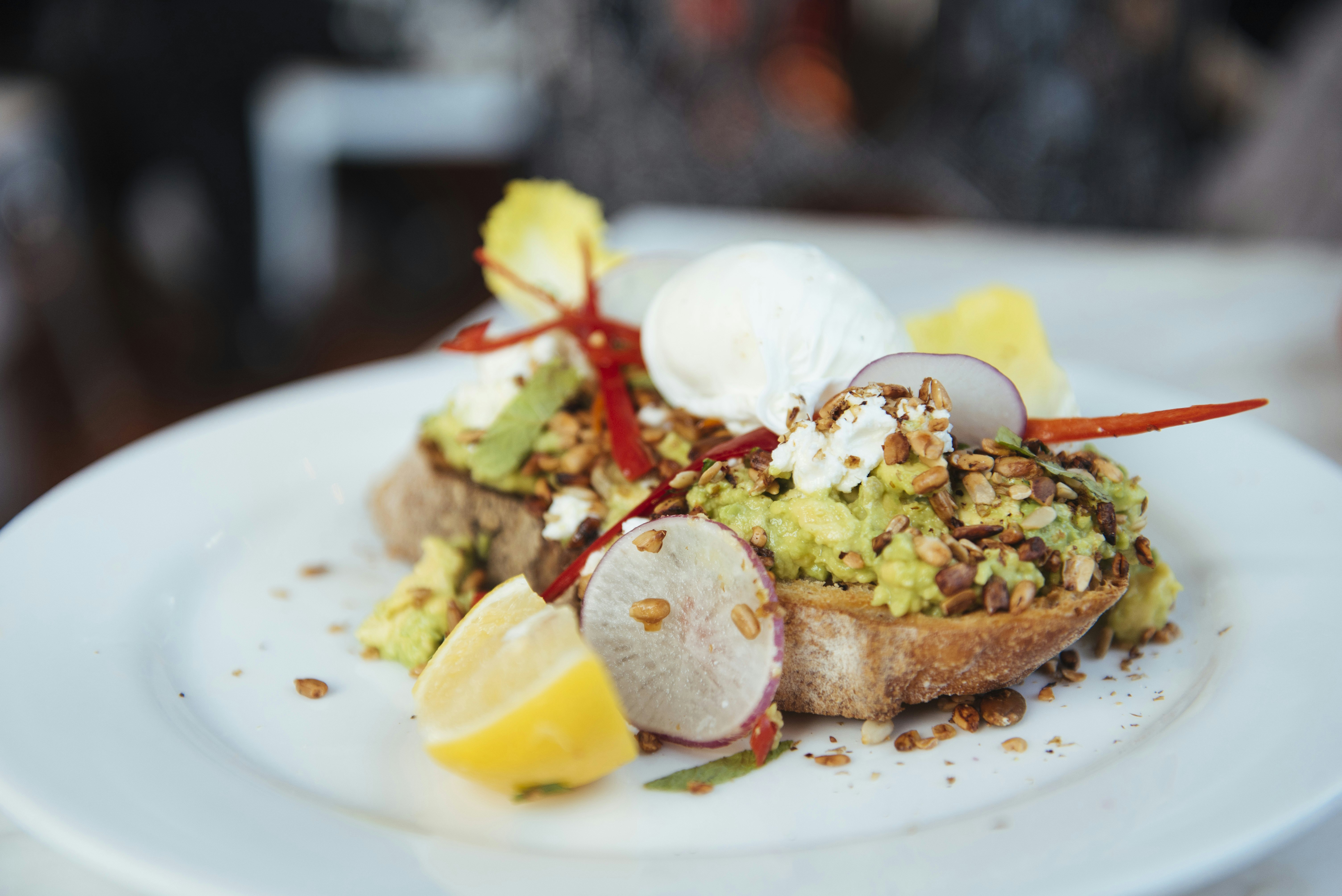
Australian foods worth trying
Lamingtons: Sponge cakes coated in chocolate and rolled in coconut, a nostalgic sweet treat at barbecues and afternoon tea.
Bunnings sausage sizzle: Grilled sausage on white bread with onions and sauce served outside a hardware store; a weekend tradition that’s more about the culture than the quality of food.
Tim Tams: Chocolate-covered biscuits with a creamy filling, available in flavors like salted caramel and mint.
Avocado toast: A classic breakfast, often elevated with extras like halloumi, beetroot hummus or chili oil.
Sparkling red wine: Australia’s take on bubbly, made from shiraz, merlot or pinot noir. Fruity, refreshing and perfect for sunny weather.
Pavlova: A meringue-based dessert, topped with fresh fruit and whipped cream, often enjoyed at Easter and Christmas.
A year in food
Australia’s produce is driven by the seasons and showcased at festivals.
Summer (December–February): Juicy stone fruit, fresh berries and oysters are in season, with food festivals like the Melbourne Food & Wine Festival and Taste of Summer. Beach picnics become a daily occurrence.
Autumn (March–May): Prime time for foraging mushrooms and picking apples, along with new wine releases from regions like Barossa Valley.
Winter (June–August): Warm pastries and cozy cafes are perfect for chilly mornings. Light festivals like Vivid Sydney and Dark Mofo brighten the season.
Spring (September–November): Fresh herbs, asparagus and strawberries return, alongside outdoor festivals and a focus on Indigenous ingredients in dishes and cocktails.





